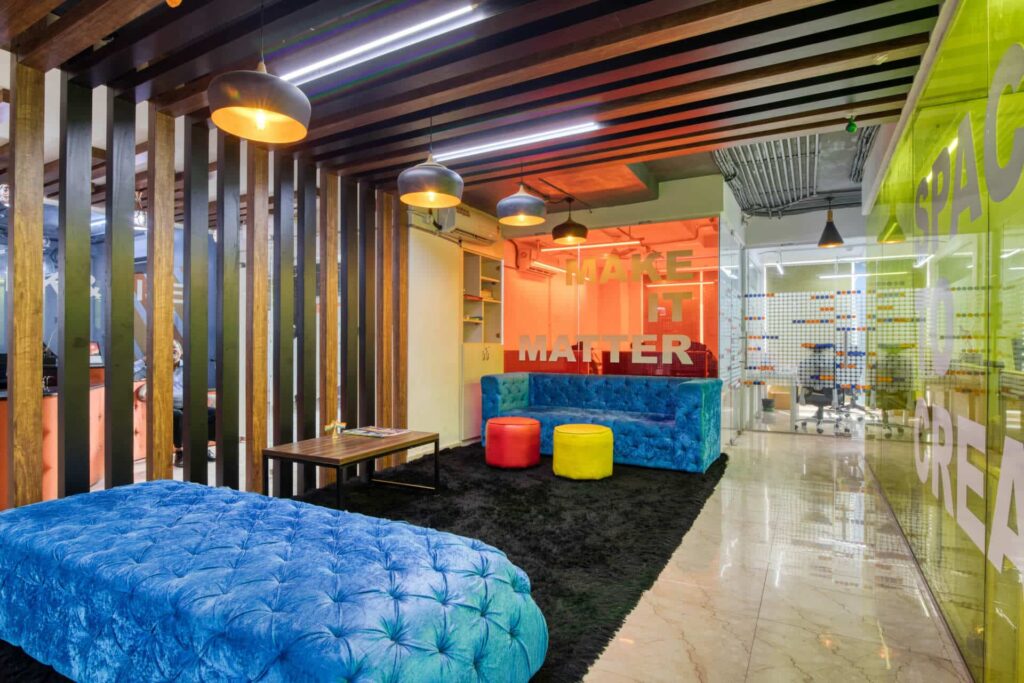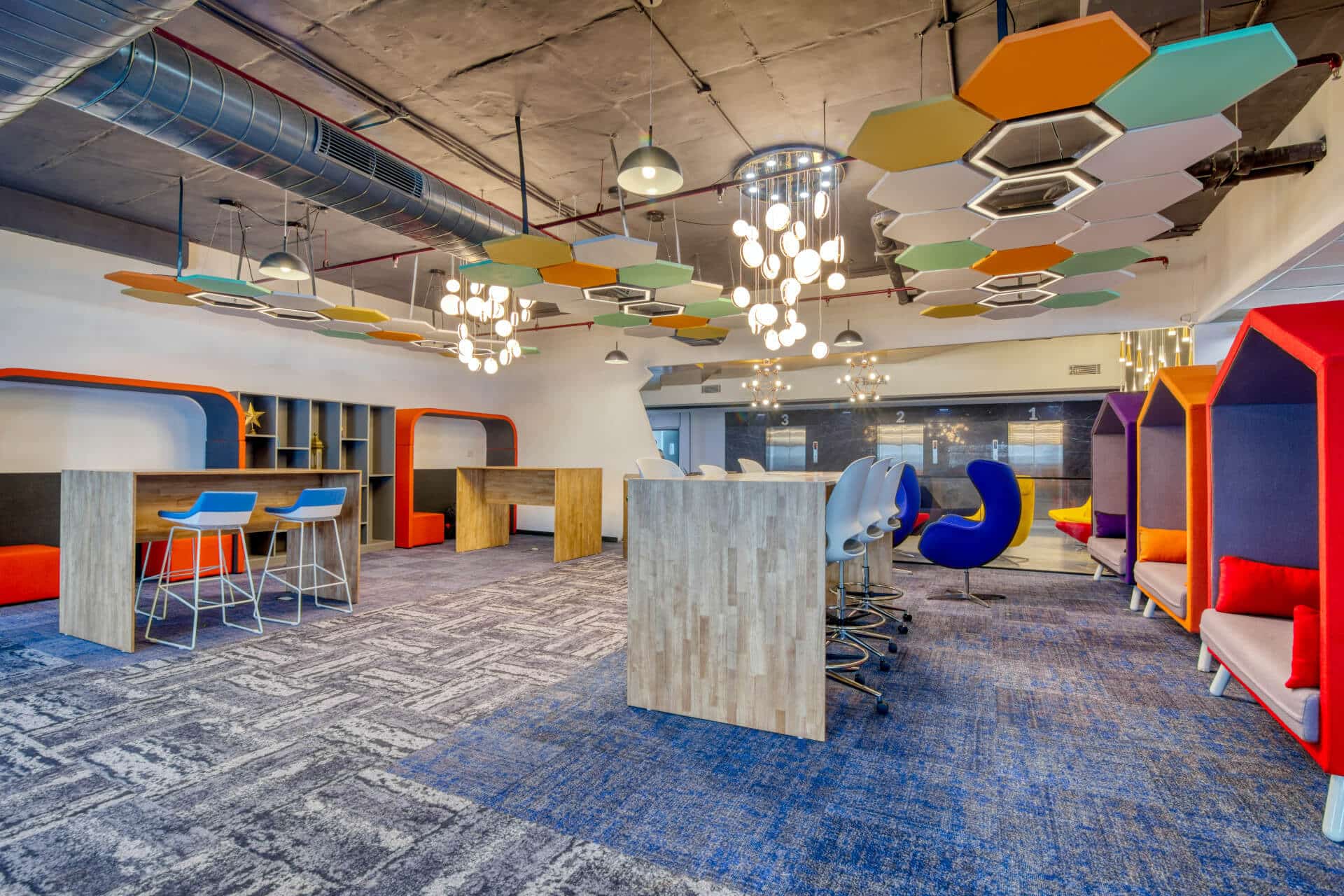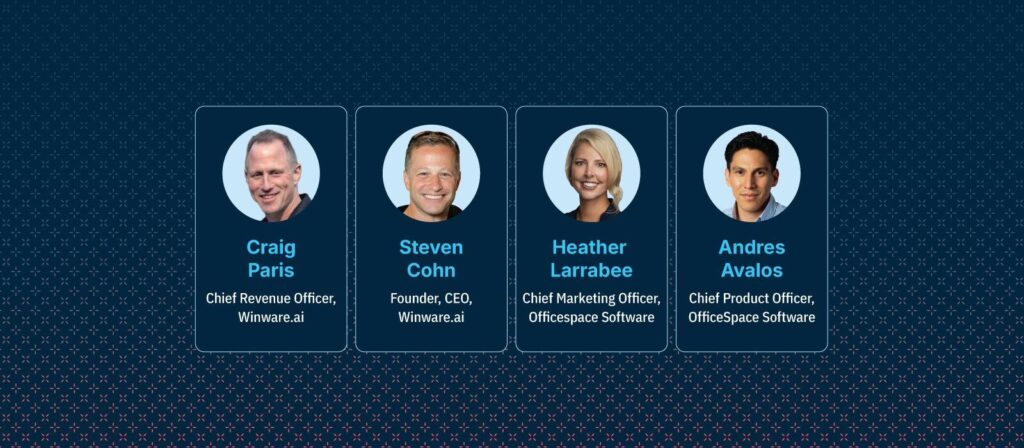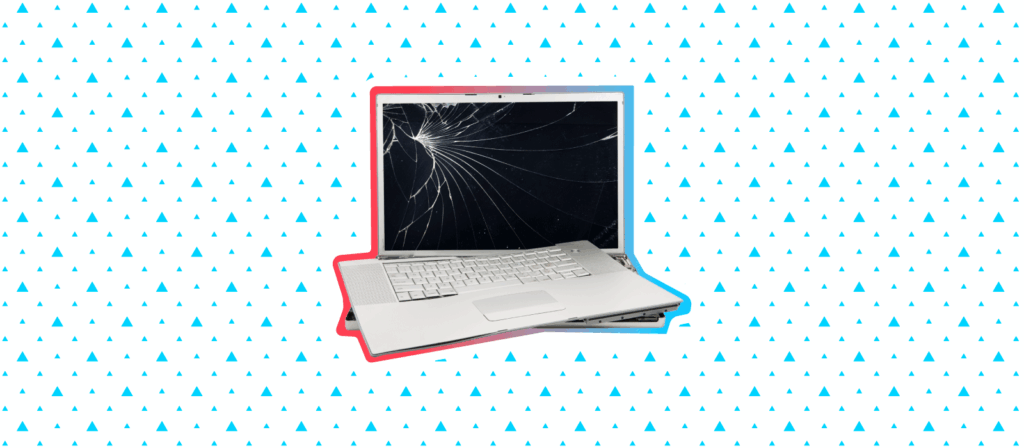Facility management software is technology that helps manage and streamline multiple aspects of building and facilities management.
Over time, the software has evolved from the original Computer-Aided Facility Management software (CAFM) of the early days, to the modern Integrated Workplace Management System (IWMS) that industry experts rely on today.
This evolution of FM software has made it an indispensable tool for facilities managers. But it’s also recognized as critical to success for companies and employees. Both who benefit from smart systems that keep the office running smoothly while boosting engagement and productivity.
Common questions about facility management software
What is FM software?
Broadly speaking, facilities management software comes in four types:
- Computer-Aided Facility Management software (CAFM)
- Computerized Maintenance Management System (CMMS)
- Enterprise Asset Management (EAM)
- Integrated Workplace Management System (IWMS).
Depending on specific business needs, any of these systems might present the right facility management solution. Deciphering the jargon can help facility managers choose the software that’s right for them.
What is a Facility Management System?
The term “facility management system” is often used to refer to the FM software discussed above. Essentially, an FM system is the means by which a facilities management team oversees the day-to-day operations and management of their buildings and people.
Increasingly, facility managers recognize the need for software to optimize their processes and get the best results.
What is CAFM and CMMS Software?
Computer-Aided Facility Management (CAFM) is one of the earliest software solutions used for facility management. It largely tracks administrative data—such as people and office equipment—but with no integrations, it’s relatively limited in scope.
Computerized Maintenance Management System (CMMS) is geared towards tracking and scheduling the maintenance of building equipment, such as an HVAC system. It doesn’t offer much else in the way of functionality, so its usage is fairly specialized.
What is the best CAFM software?
The best CAFM software is one that enables facilities management teams to streamline workplace operations for maximum efficiency. It should also help with strategic planning for the future.
For example, CAFM might be used for the management of daily work orders and taking inventory of office furniture, while also flagging predictive maintenance or identifying space utilization prior to an office move.
What is CMMS in a building?
As mentioned, computerized maintenance management software helps oversee facilities maintenance activities in a building. This might include scheduling and managing work orders, and purchasing materials.
The role of the CMMS can expand through integration. For example, when the asset management capabilities of a CMMS are integrated with an IWMS, assets can be tracked and used by employees too. They can see where the nearest printer is, or book their desk for the day.
Some companies opt to integrate CMMS with their Building Automation System (BAS). Since the BAS controls things like HVAC, lighting, and security, integration with a CMMS solution can help further automate maintenance tasks.
A BAS can also help manage preventative maintenance. Traditionally, upkeep of equipment and assets would be on a fixed facility maintenance schedule; however, a BAS can monitor usage and wear on assets and equipment, and flag when something needs attention. This preventive maintenance helps save on maintenance costs.

Common features of facility management software
Move management
There are lots of ways facility management software can optimize move management. From interactive floor plans that help with space visualization and scenario planning, to automating communications with employees and reporting move data, the best facility management software helps streamline processes and plan efficiently.
Space management and space planning
Modern FM software has placed the ability to space plan in the hands of the facility manager with easy and intuitive tools.
Interactive floor plans with drag-and-drop feature make it fast and efficient to see how changes to the space have an impact. Whether it’s a few seat swaps or a large-scale reconfiguration, good floor plans should provide the information you need.
In particular, FMs can use stack plans to increase efficiency. This goes beyond simple seating charts to manage multiple floors or scenarios and plan for long-term growth.
Asset management
Most FM software will offer some kind of asset management function. Enterprise Asset Management (EAM) is software that’s traditionally been used specifically for tracking company assets like hardware, furniture, and equipment.
While EAM may be great for straight asset tracking and inventory management, IWMS takes it to the next level. An IWMS empowers employees to locate the resources, assets or people they need.
Check out OfficeSpace’s upcoming asset management software — a new and improved way to centralize key asset information.
Work order management
For many companies who have embraced facilities management software, it’s a far cry from the days when maintenance staff would walk around checking off jobs using pen and paper. Even the most basic system will likely offer a means of streamlining work orders to ensure equipment maintenance, cleaning and restocking are efficient and timely.
For facilities management teams and the staff or contractors doing the work, an effective work order management system saves time, money and headaches.
Cost and spend tracking
The typical responsibilities of the facility manager range from real estate and property management, to safety and emergency preparedness, sustainability and everything in between.
Keeping track of costs and expenditure can be challenging, which in turn impacts the ability to budget effectively.
FM software makes cost and spend tracking easy, since the FM can readily access historical purchasing data and produce customized reports to review expenditure.
Procurement and vendor management
Facility management software can be an effective tool for managing vendor contracts and procurement. With oversight of all the contracts in one system, the facility manager can see where there might be an opportunity to move from multiple contracts to a single service agreement.
The software also makes it simple and straightforward to track and manage vendors with contact information, contracts and communications all stored in one place.
Analytics
Whether it’s monitoring operational costs, confirming headcounts, or understanding how often a flexible space is used, analytics empower facilities teams, companies and employees to get the most from their space.
Robust reporting and analytics help companies effectively plan for the future so they can maximize their business as well as their employee satisfaction.
Desk booking and room booking
With the hybrid workplace here to stay, it’s more important than ever to have the technology in place to manage desk and room booking.
For flexible space options such as office hoteling, the top facility management software makes it simple and user-friendly for employees to view and book a workspace. This functionality, particularly on mobile devices, empowers employees while boosting productivity, engagement and job satisfaction.

Who uses facility management software?
The versatility of modern FM software makes it an invaluable tool for various teams and stakeholders across the company.
For facilities management teams, FM software helps streamline operations, save money and maximize efficiency through all the features we’ve already looked at.
Then there are HR and IT teams, who typically work in conjunction with FM teams to onboard new employees, help with office moves and install and integrate technology and other assets,
For management and executive teams, FM software facilitates informed decision-making thanks to enhanced reporting and analytics on things like space utilization, real estate and operational costs.
Employees also benefit by using FM software to book workspaces, make move or service requests, and find the location of facilities or colleagues using interactive floor maps.

Benefits of facility management software
Simplify move management
FM software is a key tool for helping with move management. Customizable and interactive floor plans make planning easier. Automating move communications saves time and creates templates for the next time around.
In particular, the ability to quickly produce different move scenarios and generate visuals is helpful for collaborating with other teams involved in the move, such as HR and IT.
Clear visuals can also secure buy-in from management and employees. When everyone can easily visualize the new space, it helps them feel engaged and informed prior to a big relocation.
Streamline operations and save money
FM software keeps track of all kinds of information about how a workspace, its assets, and resources, on a day-to-day basis. This helps companies streamline operations and identify potential areas for cost saving
This could be as simple as switching to a more energy efficient light bulb. Or as complex as downsizing the real estate portfolio based on space utilization and the implementation of flexible workspaces.
With real-time building and occupancy data, companies can make informed decisions about their real estate portfolio. They can also make decisions about the types of adjustments they can afford to make.
Optimize facility performance
There are many ways FM software can optimize facility performance. This is both based on the features of the software we’ve already looked at, and in other areas too.
In the case of sustainability for example, sensors in the office can detect when and how certain areas are in use, so that things like lighting can be automated to run only as needed.
When it comes to security, FM software can control building access and grant different people different levels of access. It can also provide people counting and tracking for who’s entering and exiting the building.

Challenges with facility management software
Older technology
FM software doesn’t come without its challenges, and one of those is having older, outdated technology.
Traditional CAFM, CMMS and EAM systems were designed in simpler times, even before the internet. While they have of course been brought into the 21st century, often their functionality is still relatively siloed in terms of what they offer.
The pace of change in FM software is also fairly rapid. As your company expands, you may need more sophisticated software to meet your needs. This is especially true for Integrated Facilities Management (IFM), which relies on an IWMS integrated solution to be truly effective.
Integrations
With all sorts of business functions brought online or aided by technology, it can be challenging to use FM software effectively if it isn’t integrated with other systems.
From IT systems to purchasing programs, right down to the communications and collaboration software that employees are using in the office, if systems can’t talk to each other, there’s a limit to how well your FM software can be put to use.
Cybersecurity
An important example of an integration challenge is that of cybersecurity. As more buildings bring their security functions online, the threat of a major security incident increases.
Particularly in the case of Building Automation Systems (BAS), it’s important for FMs to understand the threat of bringing building functions onto a network that’s not adequately secure.
Security in building automation systems is a unique challenge. It is one that FMs should work with IT teams and facility management software companies to understand and mitigate.
Buy-in from the management team
With so many business needs competing for priority, it can be tough to get the attention and buy-in from management teams when it comes to FM software. Especially if there are already systems in place taking care of different functions.
That can; however, be a selling point and good reason to shift to a modern FM software. An IWMS can perform many of the functions that might currently require multiple systems. It can also offering slick integration with others.
For management teams, this presents an opportunity to shed multiple contracts and achieve significant cost savings. Not only that, they stand to benefit from a software that gives them intelligent data, optimizes performance and keeps employees happy.

Facility management software trends
Safety
A major trend in recent months is the use of FM software to help navigate pandemic safety. Companies recognize the need to keep employees safe and adhere to protocols designed to prevent virus transmission. Tools such as Safeguard offer customized wellness checks for employees. Distancing Planner helps maintain social distancing and a safe capacity.
These types of tools offer employees peace of mind, with safety as top-of-mind and protection for their privacy.
Sensors
Increasingly, FM software is gearing itself towards the Internet of Things (IoT). IoT is the application of the internet to physical objects and devices in the office.
Sensors are one such office workplace technology that help companies make evidence-based decisions to manage their space.
For example, desk sensors indicate exactly when desks are in use. This helps rationalize a certain amount of space or a particular layout or furniture location.
Planning the hybrid workplace
The future of work increasingly looks towards Industry 4.0 and the hybrid workplace. FM software is paving the way for companies to plan their workspaces and workflows accordingly.
The rise of agile and activity-based workspaces requires booking software that can keep up with the diverse needs of the workforce. Similarly, office neighborhoods are a popular trend for zoning the office to accommodate particular teams or departments.
Features such as mobile app-based digital access cards installed directly on an employee’s mobile phone, sensors to track movement around the office, and tools geared towards safety all help the hybrid workplace run smoothly.
The evolution of FM software and the rise of IWMS provides today’s facility manager a sophisticated facilities management solution that’s critical for success.
To learn more about how facility management software can help your business, subscribe to the OfficeSpace blog.
Photos: myHQ Workspaces, Leon, Mimi Thian, ThisisEngineering RAEng




